Sand concrete brand M150

Sand concrete M150 is a composite universal dry mix that is gaining more and more popularity in the market. The product can be used for a wide variety of construction tasks. The success is due to the low price and quality results.
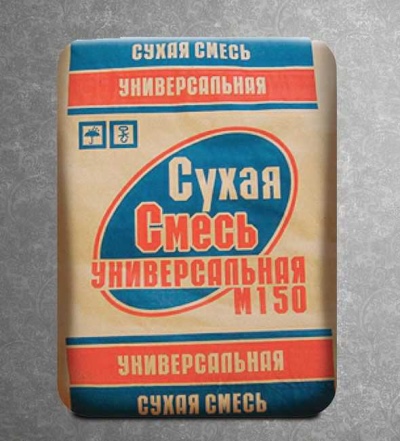
This sand-concrete mix can be used both for rough work and for finishing coatings. The article will talk about all the features of this substance, as well as the rules for working with it.
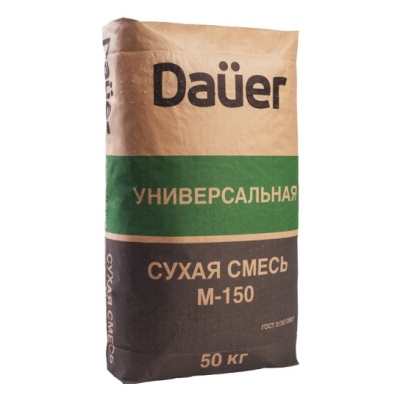
What it is?
In appearance, sand concrete M150 is not much different from ordinary concrete mix. And the thing is that this is one of the subspecies of concrete with some differences. The composition of this powder includes mineral and organic substances, due to which the dried solution is much stronger than just sand with cement, mixed by hand.
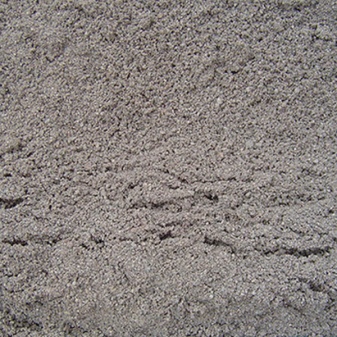
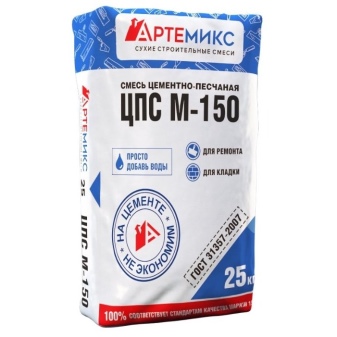
If the master mixes a solution of sand with cement every time, then with each new batch, the proportions will be different. Sand concrete M150 is devoid of such an error, in each bag the proportions are observed perfectly, which greatly facilitates the work.
Such a mass will not drain from the surface and crack.
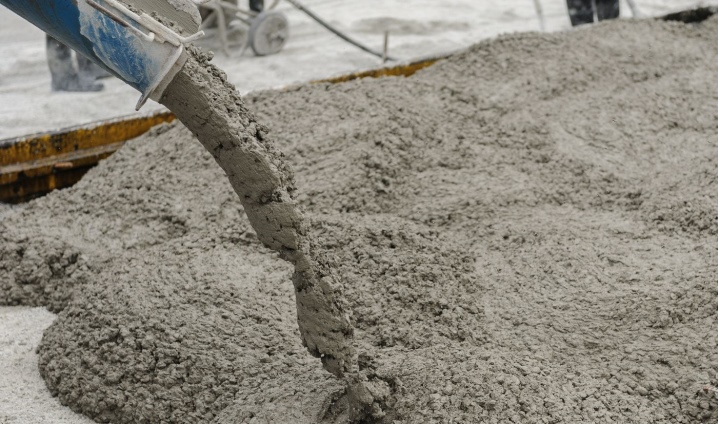
Consider the composition of this sand concrete:
- the main binding element is Portland cement M150;
- river sand acts as a filler, which is pre-cleaned and washed;
- plasticizers are used as additives to improve the consistency quality.
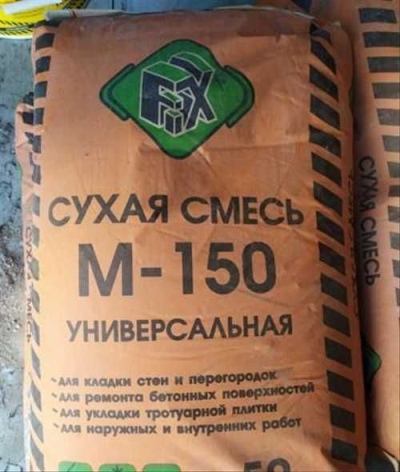
Plasticizers play an important role in the quality of concrete. Their presence significantly reduces the cost of the bag, and also has a positive effect on the service life of the output coating.

Specifications
Due to the high-quality composition of Portland cement M150 and minerals in perfectly calibrated proportions, the load on the reinforcement is significantly reduced, due to which the structure does not sag much and almost does not deform.
Plasticizing additives increase the plasticity of the slurry, and also prevent the cement from instantly hardening, although sand concrete is considered a rapidly hardening material, according to GOST 25192-82.
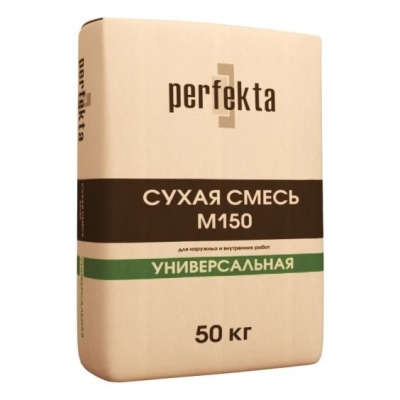
Fine sand goes through several stages of processing, therefore, there will not be even small stones, lumps or dirt in the mixture.
Please note that if concrete is used as a screed, then even the most expensive and high-quality mixture will still give a slight drawdown. In M150, this subsidence is minimal, due to which, after drying, the finishing layer of the screed will take a minimum of time from the master.
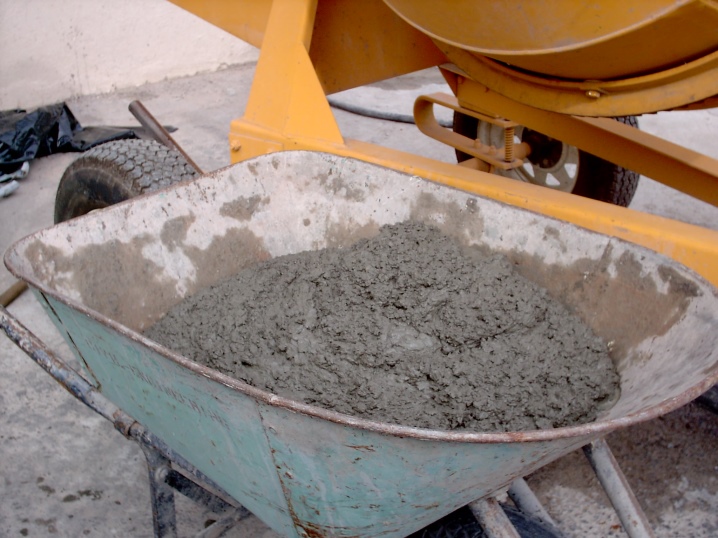
Sand concrete M150 is a certified building material, and the manufacturer has all the necessary documents confirming the quality of the products. It is a versatile mixture that can be used both for floor screed and for treating the facade of a building.
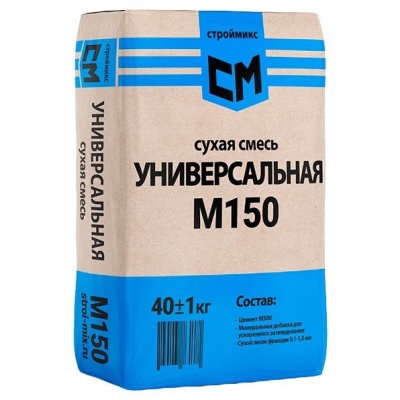
Let's consider the main characteristics:
- homogeneous mass without lumps;
- increased strength compared to standard sand-cement mixture;
- does not corrode;
- plastic and at the same time dense composition that is easily applied to the masonry;
- the mixture hardens quickly, which is a big plus when a thick layer of plaster is required;
- sand concrete M150 is not afraid of cold and moisture thanks to the mineral additives that are part of the mixture;
- if the thickness of the sand concrete layer is less than 3 cm, then the reinforcement of the masonry is not required;
- increased adhesion, the product is in good contact with even the smoothest materials;
- the mixture is resistant to abrasion, and the service life is 30-40 years.

A large number of dry sand-cement mixtures from various manufacturers are presented on the modern building materials market, and they all differ from each other in their composition and technical characteristics. It is very important not to mix up the products. For example, М300 is the closest competitor of sand concrete М150, they differ only in fillers. M150 is river sand, while M300 has fine gravel, therefore, such a screed is even stronger.
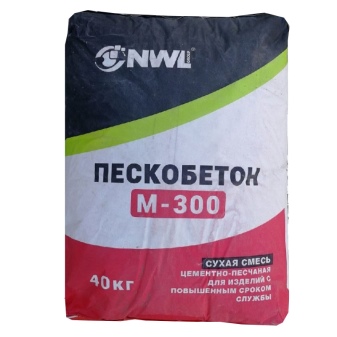
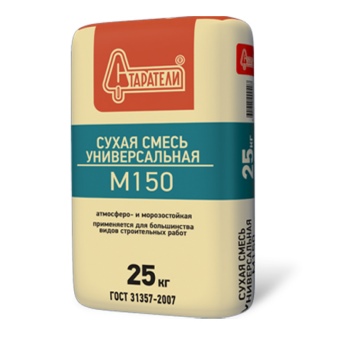
Always read the technical specifications stated on the concrete packaging. The sand should be exactly 48%. If there is more of it, then after drying you will notice a strong subsidence and large cracks on the surface of the screed.
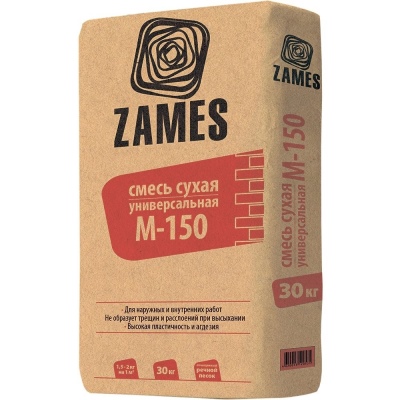
Scope of application
The scope of application of the sand-concrete mixture directly depends on its technical characteristics. The M150 brand is considered a versatile product that is perfect for almost any purpose on a construction site.
Most often, sand concrete M150 is used for the construction of building structures that are not planned to be heavily loaded. In some cases, sand concrete can be used in brickwork or as a base for a wall made of aerated blocks. The same composition can be used to plaster the resulting walls.
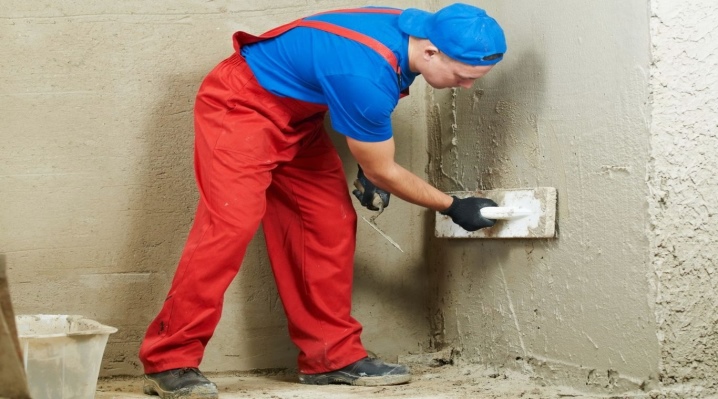
Due to its good moisture resistance, this sand concrete can be used for plastering the front of houses and not be afraid that the rain will "wash away" the solution in a year. During the heat, such a coating does not crack, and in the cold season it does not deform, easily withstands sub-zero temperatures.
A novice master will also be able to work with sand-concrete mix M150. No special skills are required for this. All you need is a minimum of knowledge and tools for work. The master does not even have to select proportions, everything has already been done for him.
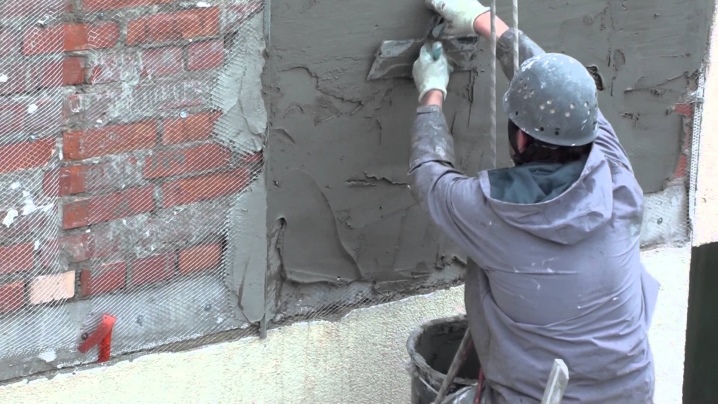
You just need to fill in the water, stir and you can start working.
- The mixture is suitable for the construction of load-bearing walls and interior partitions. Often paving slabs are laid on it. In some cases, this concrete is used in road construction to provide adhesion to asphalt and extend its life.
- The product is able to align even the most curved walls and ceilings under the lighthouse.
- Sand concrete M150 can be used to repair reinforced concrete structures, it closes cracks well and glues seams.
- Craftsmen often choose this mixture during apartment renovation for leveling floors. It is especially relevant if the repair is carried out not in a new building, but in a secondary housing.
- This concrete is used to prepare the foundation cushion. However, it is forbidden to fill the foundation itself with this mixture, for this it is not intended.
- Due to its plasticity, this product is popular in installation work, for example, during the repair of poles.
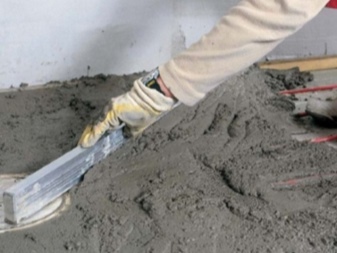
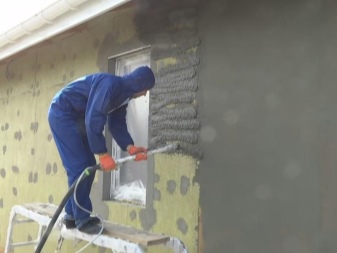
Packing and storage
The manufacturer packs the dry mix in multi-layer kraft bags made of thick paper. The most popular goods are 50 kg bags, however, in addition to this, the market offers products weighing 25 and 40 kg. The cost fluctuates around 2500 rubles. / m. cub.
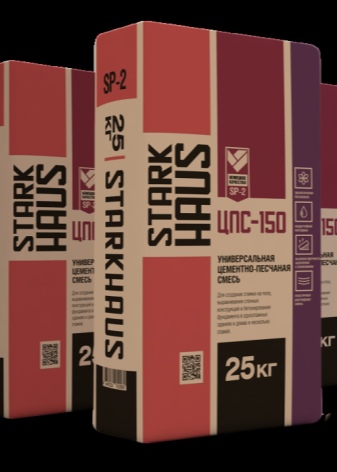
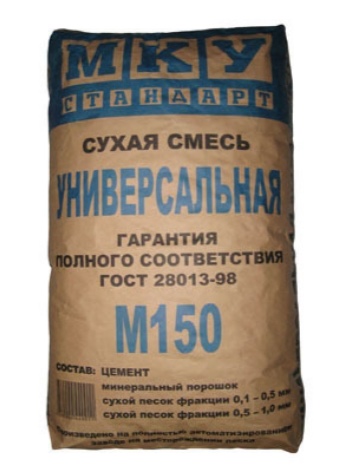
The cement must be protected from moisture, otherwise it will become unusable, therefore, bags of sand concrete should be stored only in a dry room. There should be no draft in it, but the presence of ventilation is necessary, otherwise, in cold weather, moisture will begin to accumulate in the room.
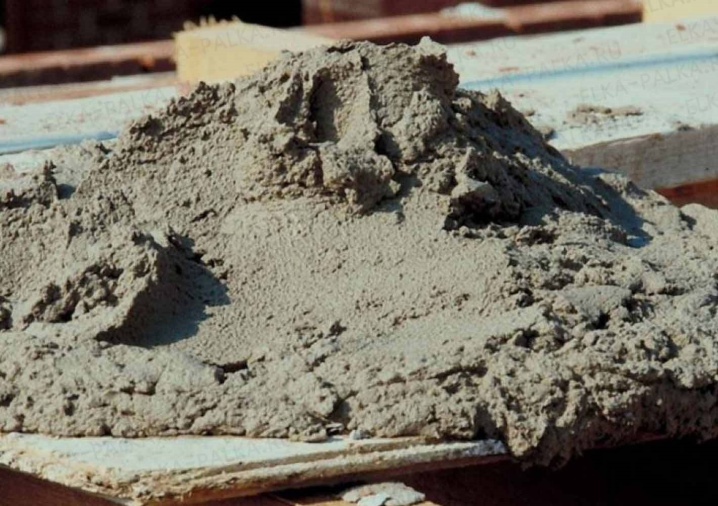
Many people store bags in a garage or basement, and there it is almost impossible to get rid of air currents, the cold always settles on the concrete floor, so the sand-cement mixture should be placed on a small hill. For this it is possible to build a pallet 30 cm high from wooden slats.
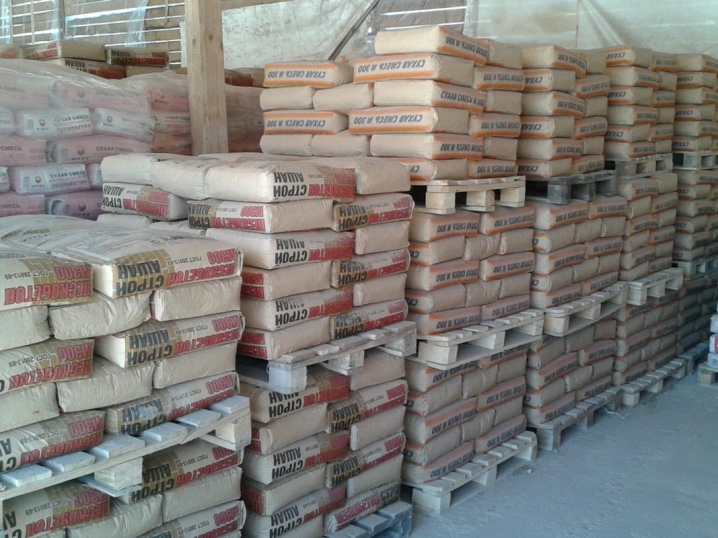
How to use it correctly?
Sand concrete M150, offered in the construction markets, is a ready-to-use dry mix that does not require additional actions. The required amount of powder is poured into a container, poured with cold water and mixed to the desired consistency.
It is recommended to use a construction mixer for mixing, manually this process will take 3 times longer. If there is no mixer, you can use a hammer drill with a nozzle. Give up the drill, its power will simply not be enough, and it will burn out after 5 minutes of operation.
Due to the cheapness, the whole apartment can be plastered with M150 sand concrete, and it will not hit your pocket hard.
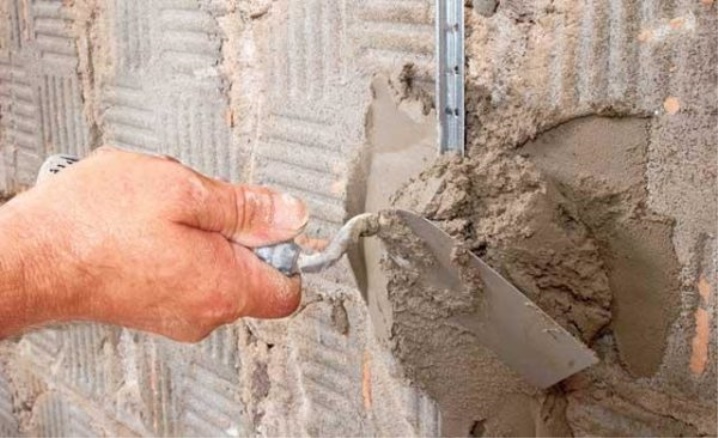
Before starting work, you need to correctly calculate the ratio of the dry mixture and water so that the resulting plaster does not run off the walls. A 50 kg bag of the mixture will require 6 liters of cold water. In some cases, the proportions may differ, so experienced craftsmen advise you to always read the instructions on the package.
Dilute as much solution as you can work out at a time. It is not recommended to add water to the ready-made mixture during construction work.
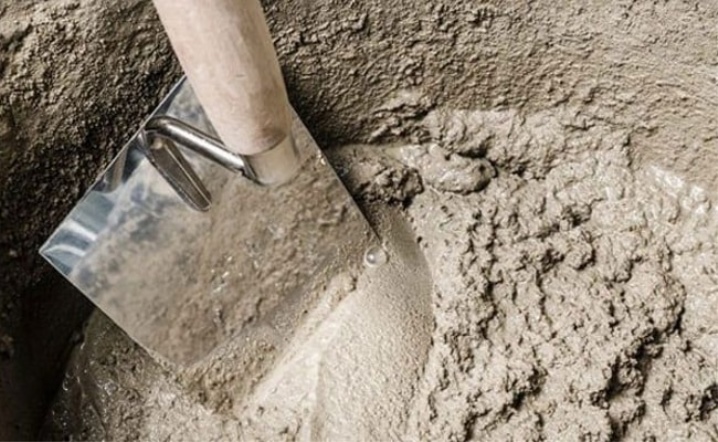
If you mix concrete in small portions, then 1.7 liters of water will be needed for 10 kg. If you need a thicker mixture, then the amount of water can be reduced to 1.3 liters, but keep in mind that such a solution hardens quickly and you will have to work much more actively.
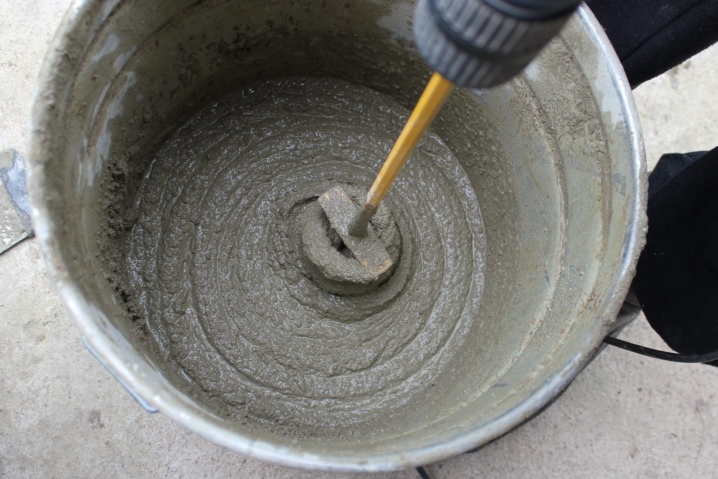
The main difference between M150 sand concrete from competitors is that it is a light material, and therefore, the mixture has almost no subsidence and the concrete does not need to be poured with a margin. The consumption of the product per 1 m2 of area will be 18-20 kg with a layer thickness of 1 cm, but provided that the surface is perfectly flat. Otherwise, the consumption may be 1-2 kg more or less.
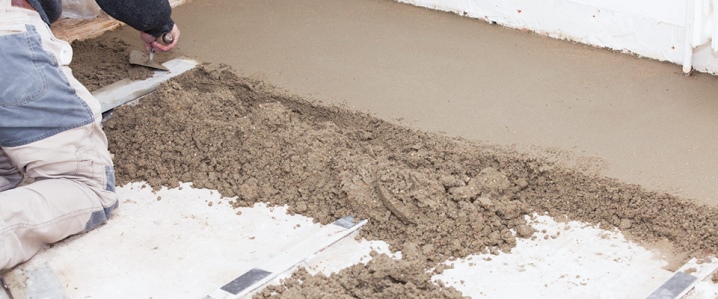
Nuances of solution preparation
In conclusion, we will consider some points that must be observed when preparing the solution for application.
- If you plaster the front of a building or fill the future sidewalk, then work with a construction mixer will take a long time. In this case, it is advisable to use a concrete mixer. This will save you a lot of time and get a better quality homogeneous mass.
- Do not start working immediately after first stirring the mixture. She needs to be allowed to settle for 10 minutes, then mix again and only then start finishing work.
- Take into account the fact that the consistency of concrete remains workable only for 2 hours, after which it begins to harden rapidly, so it must be mixed periodically without adding water.














The comment was sent successfully.